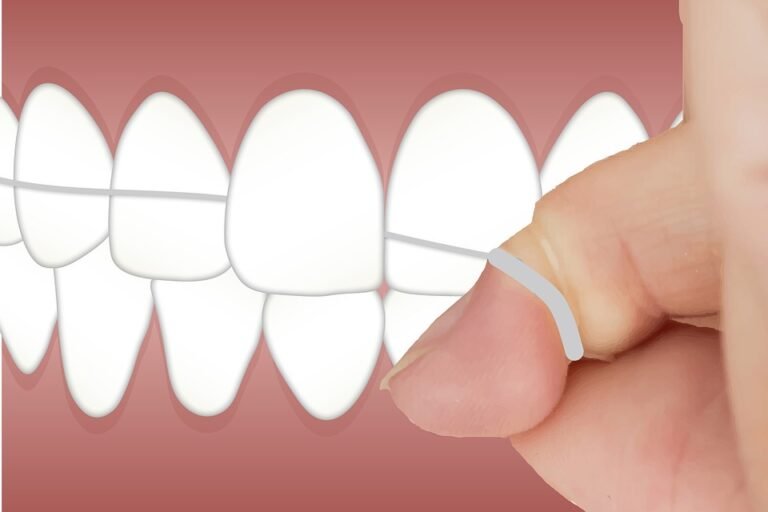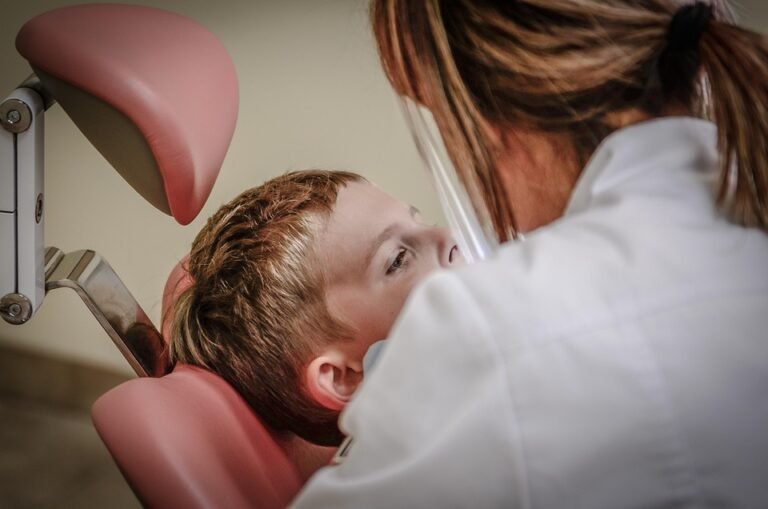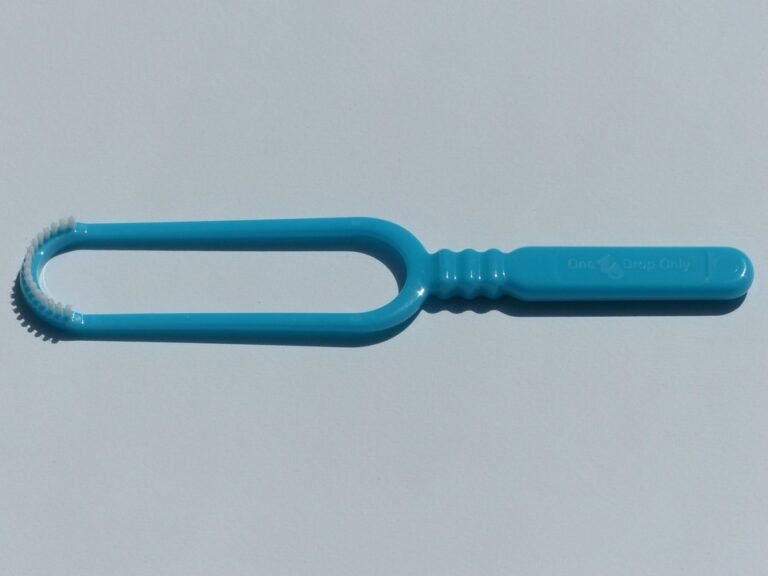Can virtual simulations assess dental students’ competency?
Okay, here’s my attempt to answer the question as the person who asked it, adding more context:
I’m a dental educator at a university hospital and we’re exploring ways to update our assessment methods. Traditionally, we’ve relied heavily on direct observation of students performing procedures on patients or mannequins. This can be challenging due to patient availability, ethical considerations when starting out, and the subjective nature of faculty evaluations. Plus, access to high-quality mannequins is expensive and time-consuming for maintaining them.
Virtual reality (VR) and other virtual simulations are becoming more and more sophisticated. We’re wondering if these simulations could be used to reliably and validly assess a student’s competency in various dental procedures like cavity preparations, endodontics, and even surgical procedures like extractions.
I’m particularly interested in knowing:
- What are the specific strengths and weaknesses of using virtual simulations for competency assessment in dentistry compared to traditional methods? For example, how well do the simulations replicate the tactile feedback and patient interaction that are so crucial?
- Are there established, validated metrics or rubrics for assessing performance within these simulations? I need something that offers more objectivity and standardization.
- What research exists on the correlation between performance in virtual simulations and actual clinical performance on patients? Is there evidence to suggest that students who perform well in the virtual environment also perform well in the real world?
- Which specific types of virtual simulation systems are considered the most reliable and valid for assessment purposes? We’re trying to determine if there are specific vendors or technologies that are more highly regarded in the dental education community.
- How can we best integrate virtual simulations into our existing curriculum and assessment framework? I’m trying to anticipate potential hurdles and determine the best way to phased integration.
Basically, I’m trying to figure out if investing in these technologies would be a worthwhile way to improve the objectivity, efficiency, and ethical considerations of our competency assessment process.
Answer
Virtual simulations can indeed assess dental students’ competency across a range of skills and knowledge areas. The effectiveness of virtual simulations as an assessment tool stems from their ability to provide standardized, repeatable, and objective evaluations in a controlled environment. Here’s a detailed breakdown of how they function and their benefits:
Areas of Competency Assessed:
-
Technical Skills: Virtual simulations excel at evaluating psychomotor skills critical to dentistry. They can assess:
- Tooth Preparation: Students can practice cavity preparations, crown preparations, and endodontic access preparations. The system can analyze the accuracy of depth, width, convergence angles, smoothness of walls, and preservation of tooth structure.
- Restorative Procedures: Simulations allow students to perform virtual fillings, inlays, onlays, and veneers. Evaluation criteria include adaptation to margins, contact points, occlusion, and surface anatomy.
- Endodontics: Students can practice root canal instrumentation and obturation. The simulation can measure the accuracy of canal preparation, working length determination, and filling density.
- Periodontics: Simulations can be used for scaling and root planing, flap surgery, and suturing exercises. Assessment parameters include calculus removal, root surface smoothness, and tissue manipulation.
- Implant Dentistry: Virtual simulations can aid in surgical planning, implant placement, and prosthetic restoration. Accuracy of implant positioning, angulation, and depth can be measured.
- Oral Surgery: Tooth extraction simulations can assess the student’s ability to apply appropriate force, use instruments correctly, and avoid damaging surrounding tissues.
-
Diagnostic Skills: Some simulations incorporate radiographic images (both 2D and 3D) and patient histories to evaluate diagnostic abilities. This includes:
- Radiographic Interpretation: Students can identify caries, periodontal disease, periapical lesions, and other abnormalities on virtual radiographs.
- Treatment Planning: Based on simulated patient cases, students can develop and justify treatment plans, demonstrating their understanding of different treatment modalities and their appropriateness for specific clinical scenarios.
-
Decision-Making Skills: Simulations can present students with clinical scenarios that require them to make critical decisions, such as:
- Emergency Management: Students can practice responding to simulated medical emergencies, such as anaphylaxis or syncope, demonstrating their ability to follow established protocols and administer appropriate medications.
- Complication Management: Simulations can introduce complications during procedures, requiring students to troubleshoot and manage the situation effectively.
- Patient Management: Some simulations incorporate virtual patients with varying levels of anxiety and compliance, requiring students to practice communication and patient management skills.
- Knowledge Application: Simulations force students to apply their theoretical knowledge to practical situations. The simulation software can track and evaluate:
- Material Selection: Choosing the appropriate materials for a specific restoration based on its location, function, and esthetic requirements.
- Instrument Selection: Using the correct instruments for each step of a procedure.
- Proper Sequencing: Performing procedures in the correct order.
Advantages of Virtual Simulation for Competency Assessment:
- Standardization: All students are assessed using the same virtual patient case and standardized evaluation criteria, reducing subjectivity and bias.
- Repeatability: Students can repeat procedures multiple times to improve their skills and demonstrate competence without harming real patients.
- Objective Feedback: Simulations provide detailed, objective feedback on performance, highlighting areas of strength and weakness. This feedback can be used to guide further learning and skill development.
- Risk-Free Environment: Students can practice complex or risky procedures without fear of harming patients.
- Efficiency: Simulations can be used to assess a large number of students in a relatively short amount of time.
- Cost-Effectiveness: While the initial investment in simulation technology can be significant, it can reduce the long-term costs associated with traditional clinical training.
- Data Tracking and Analysis: Simulation software can track student performance data, allowing educators to identify areas where students are struggling and to adjust the curriculum accordingly.
- Accessibility: Students can access simulations remotely, allowing them to practice and assess their skills outside of the traditional clinical setting.
Limitations and Considerations:
- Haptic Feedback: The realism of haptic feedback (the sense of touch) in virtual simulations is still evolving. While significant progress has been made, it may not perfectly replicate the tactile experience of working on real teeth and tissues.
- Complexity: Creating realistic and comprehensive virtual simulations requires significant time, resources, and expertise.
- Cost: The cost of purchasing and maintaining simulation equipment can be a barrier for some dental schools.
- Acceptance: Some students and faculty may be resistant to using virtual simulations, preferring traditional clinical training methods.
- Transferability: While simulations can improve technical skills, it’s important to ensure that these skills transfer effectively to real-world clinical settings.
How Virtual Simulations are Used in Assessment:
- Formative Assessment: Used to provide students with feedback on their progress and to identify areas where they need to improve.
- Summative Assessment: Used to evaluate students’ overall competence and to determine whether they have met the required standards for graduation or licensure.
- Pre-Clinical Training: Used to prepare students for clinical practice by providing them with a safe and controlled environment to develop their skills.
- Remediation: Used to provide students who are struggling with specific skills with additional practice and support.
- Competency Exams: Virtual simulations can be incorporated into standardized competency exams to assess technical skills in a fair and objective manner.
Conclusion:
Virtual simulations offer a valuable tool for assessing dental students’ competency. They provide a standardized, repeatable, and objective way to evaluate technical skills, diagnostic abilities, decision-making skills, and knowledge application. While there are some limitations to consider, the benefits of virtual simulation for competency assessment are significant, making them an increasingly important component of modern dental education. However, it is crucial to note that virtual simulations are best used as a supplement to, rather than a replacement for, traditional clinical training on real patients. The combination of both approaches provides students with a well-rounded and comprehensive dental education.



